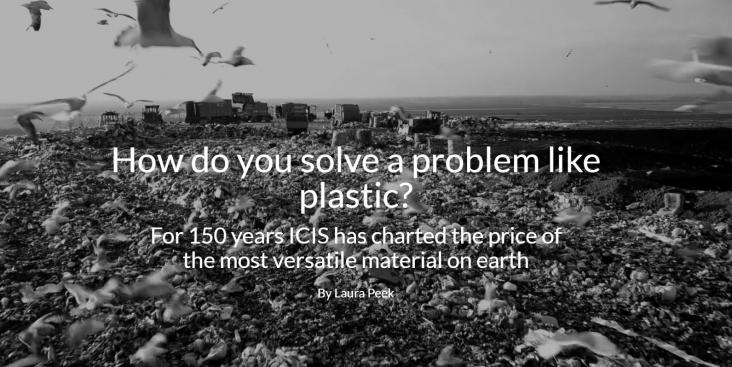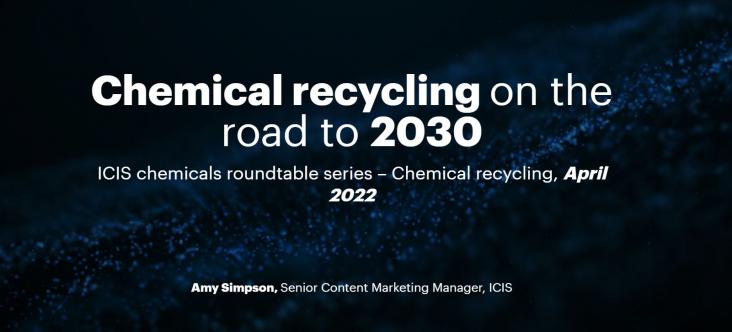
Earth Day is celebrated every year on April 22nd, and it is a global event aimed at raising awareness and promoting action towards environmental protection. It was first celebrated in 1970, and since then, it has become one of the largest civic events in the world, with over one billion people participating in activities such as clean-up campaigns, tree-planting initiatives, and educational programs. The theme for 2023 is Invest in Our Planet, a campaign that will focus on engaging governments, institutions, businesses and individuals in the fight against the climate crisis.
This Article supports SDGs 7, 11, and 8 by presenting an alternative means of agricultural transport utilizing solar-powered farm rickshaws versus the traditional fossil fuel vehicles.
Reducing emissions and improving environmental conditions are now a global priority for promoting sustainable growth and preventing the adverse consequences of global warming and climate change.

ICIS, a RELX business, analyses the complex problem plastics, recycling, and disposal, relating to SDG 12, Sustainable Consumption and Production. They believe the solution is likely to involve improving recycling infrastructures; designing new, more sustainable plastics; designing products with an end-of-life plan; finding new ways to degrade plastics – such as plastic-eating mealworms and microbes; and diversifying the raw materials that make plastics to plant-based alternatives.
We observe the link between Artificial Intelligence (AI) and Sustainable Development Goals (SDGs). We use automated methodologies to find insights and overlaps between AI and the SDGs. AI-Ethics frameworks need to give more attention to Society and Environment areas. Inclusive action is needed to balance the efforts for solving SDGs by using AI.SDGs 13, 14, and 15 (all related to the Environment area) are not sufficiently addressed.

This article, relating to SDG 12, Responsible Consumption and Production, analyses global recycling and sustainability trends, chemical industry environmental regulations, and supply chain issues.

ICIS, a RELX business, analyses the chemical recycling process and its potential as a long term recycling solution, relating to SDG 12, Responsible Consumption and Production. So far, there have been many challenges facing chemical recycling adoption that are explained in this article, however, longer term there is some certainty that chemical recycling can be complimentary to mechanical recycling overall.
The content aligns with SDG 2 (Zero Hunger) and SDG 3 (Good Health and Well-being) by promoting cellular agriculture as a means to enhance food security, improve nutrition, and reduce foodborne and zoonotic diseases. It also supports SDG 12 (Responsible Consumption and Production) and SDG 13 (Climate Action) by offering a more sustainable alternative to traditional animal agriculture that reduces environmental impact and antimicrobial resistance.
The content aligns primarily with SDG 2 (Zero Hunger) by emphasizing sustainable agriculture as a solution to food insecurity, while also supporting SDG 12 (Responsible Consumption and Production), SDG 13 (Climate Action), and SDG 15 (Life on Land) through its focus on climate resilience, sustainable diets, and ecosystem restoration. It further contributes to SDG 1 (No Poverty) and SDG 17 (Partnerships for the Goals) by addressing the socio-economic dimensions of hunger and calling for collaborative, cross-sectoral action.
Elsevier,
Deployment of Carbon Capture and Storage: Insights, Case Studies, and Key Learnings, Volume , 1 January 2023
This chapter advances UN SDG goal 12 and 13 by presenting an overview of CCS technologies and how they support the reduction of carbon emissions.
